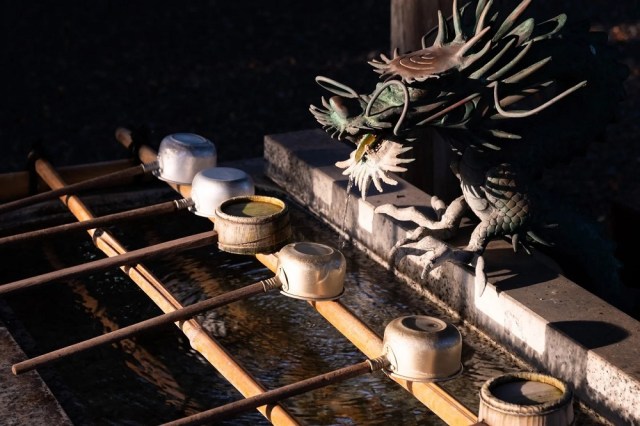
There’s a whole lot of bowing involved.
It’s customary in Japan to go to a Shinto shrine in early January to pray for health, happiness, and prosperity in the year to come. Because of that, we figured right now is a good time to review the traditional etiquette for visiting shrines in Japan, though the process is the same, actually, no matter what time of year you go.
To double-check our manners, we hopped onto the website of the Tokyo Jinjacho, or Tokyo Shrine Agency, for a refresher, and according to the agency there are four parts to a traditional shrine visit.
1. Bow before passing through the gate
At the entrance to the shrine grounds you’ll see a torii, a gate made of vertical pillars with a pair of crossbeams. Before passing through the torii, stop and bow, then proceed on to the shrine grounds.
2. Purify yourself with water
Inside the shrine grounds, usually not far past the torii, you should see a fountain. Alternately called either a temizuya or chozuya, this is a place to cleanse your body and mind with water, which is held to have purifying properties in the Shinto faith.
Generally there will be ladles at the fountain. Take one in your right hand, fill it with water, and pour some over your left hand, making sure that the water falls onto the ground, not back into the fountain. Then transfer the ladle to your left hand and repeat the process to wash your right hand. Next, take the ladle in your right hand once again and pour a small amount of water into your left palm, cupping your hand so that the liquid doesn’t spill. Use this water to rinse your mouth (again being careful that when you spit out the water it doesn’t fall back into the fountain. Finally, pour water on your left hand one more time, and once the ladle is empty, replace it on the edge of the fountain.
3. Make an offering of a coin at the altar
Next, make your way to the main altar. While regular visitors can’t go all the way up to the altar itself, in front of it you should see a donation box, called a saisenbako. It’s generally a broad, rectangular box with wooden slats across the top for visitors to toss coins into.
Stand in front of the box, give a brief bow, and toss in a coin, using a gentle motion. At many shrines you’ll also see a cord hanging down that you can shake to ring a bell, which you do after tossing in your coin.
By the way, it’s common for people to offer a five-yen coin, since the way to say “five yen” in Japanese, “go en,” sounds the same as goen, which means “a good or fortuitous connection.” However, this is actually just a bit of fun wordplay, with no religious or mythological basis, so shrines say that the gods will hear your prayers just as well even if you offer a non-five-yen coin.
4. Two bows, two claps, one bow
After you’ve offered your coin and rung the bell, if there is one, bow twice in a row (the Tokyo Shrine Agency says to bow at the waist to a 90-degree angle) with your hands at your sides. Next, clap your hands together twice, starting with your hands roughly shoulder-width apart and at chest level, and press your palms together, with your fingers pointing upwards. Your right fingers should be slightly lower than your left ones (if your right fingertips are at about the first joint on your left fingers, they’re in the right place).
Now it’s time to pray, but Shinto prayers work a little differently than some other religions’. There’s not really a common pre-set, general purpose, everyday prayer like the Hail Mary or Our Father that expresses gratitude or asks for forgiveness or guidance, and you could make the argument that many shrine visitors’ prayers are similar to wishes, ranging from overall hopes for good health and happiness for you and your loved ones, safe births, protection from natural disasters or traffic accidents, or even success in academics, sports, or business ventures.
Whatever the topic of your prayer/wish is, once you’ve silently made it, bow one more time, turn, and step away from the donation box so that the next person in line can make their offering.
If you’re a Shinto shrine newbie, that might sound like a lot to remember, so here’s the abridged recap:
1. Bow before you walk through the torii gate.
2. Wash your hands and rinse your mouth with water from a ladle at the fountain.
3. Bow at the collection box, gently toss in a coin, and ring the bell if there is one.
4. Bow twice, clap twice, pray, and then bow one more time.
Now, with all that said, there’s one more thing to keep in mind: While these are the traditional steps for visiting a shrine, not even all Japanese people strictly observe each and every aspect of the process. Bowing before passing through the torii, for example, is considered a classic show of respect, but you’ll also see Japanese people who stroll through without stopping. Similarly, not everyone bothers to walk to the fountain to wash their hands, and rinsing your mouth is another step that a lot of locals skip, especially since the pandemic. Placing your right hand slightly lower than your left when you clap/pray is another orthodox custom that more than a few Japanese people are unaware of or don’t worry all that much about following.
Especially if you’re visibly a foreign tourist, Japanese people are unlikely to get bent out of shape if don’t follow each and every step we discussed. However, it’s important to refrain from doing anything that outright violates these customs. Climbing on the torii, pouring water back into the fountain, ringing the bell just to hear its sound without making a donation, or chucking coins into the collection box from long distance like you’re Stephen Curry shooting a three-pointer are all going to tick the local population off at a time when impolite behavior from overseas travelers is becoming an increasingly frustrating phenomenon in Japan. So even if you’re not following the traditional shrine visit steps yourself, knowing, and remembering, what they are will help you avoid impeding other people’s ability to follow them.
Reference: Tokyo Jinjacho
Top image: Pakutaso
Insert images: Pakutaso (1, 2, 3, 4, 5, 6)
● Want to hear about SoraNews24’s latest articles as soon as they’re published? Follow us on Facebook and Twitter!
[ Read in Japanese ]

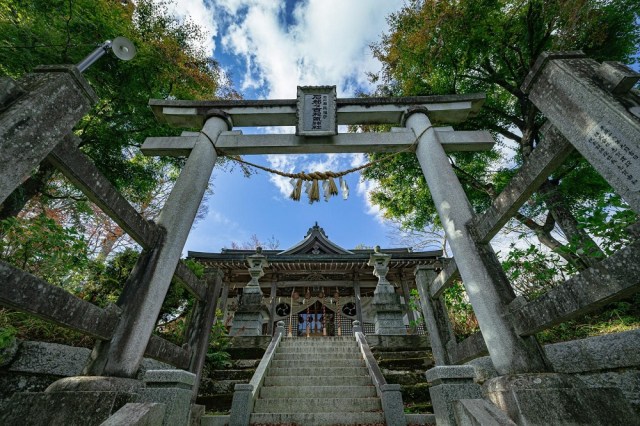
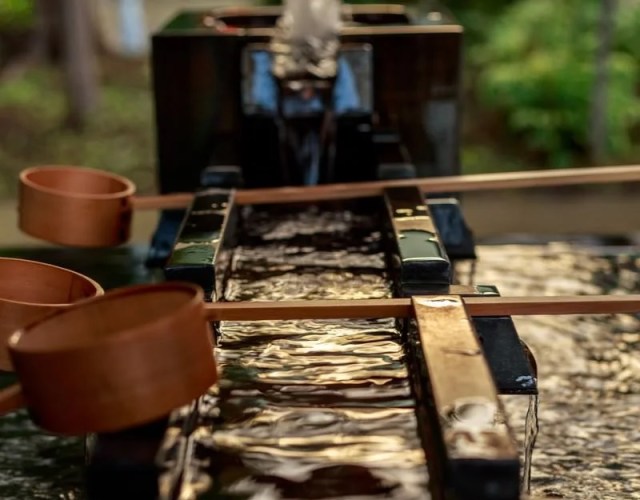
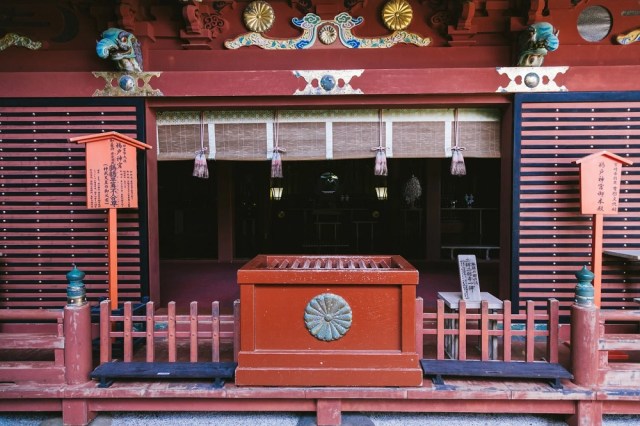
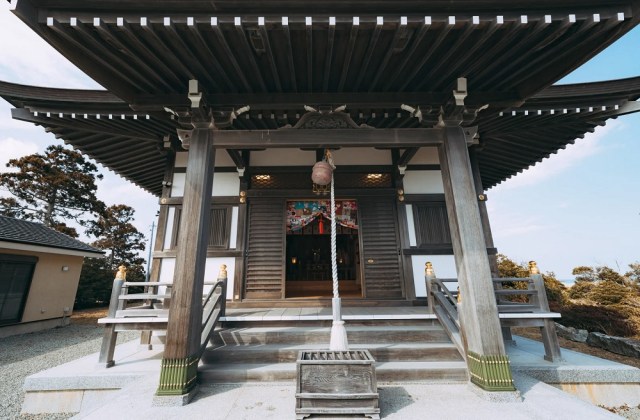
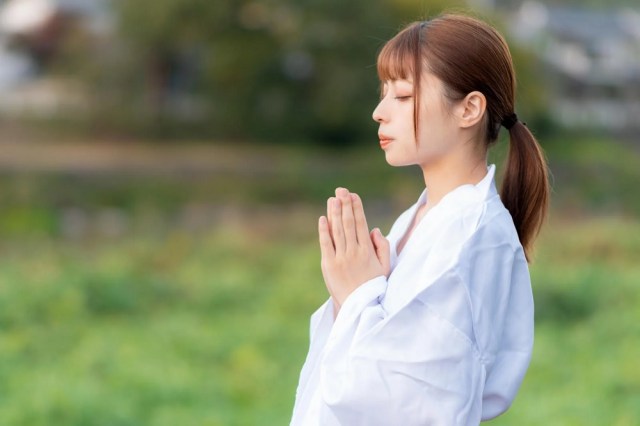
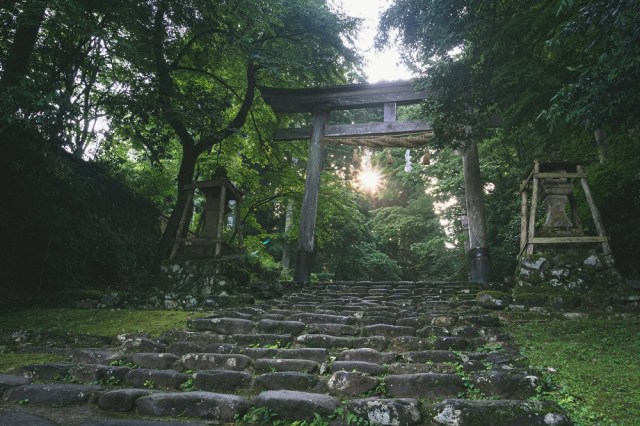
 Coronavirus changes how Tokyo shrine handles centuries’ old purification process for visitors
Coronavirus changes how Tokyo shrine handles centuries’ old purification process for visitors Real-life Ghost of Tsushima shrine announces ban of all “tourists,” but there’s some fine print
Real-life Ghost of Tsushima shrine announces ban of all “tourists,” but there’s some fine print A visit to one of Japan’s motorcycle Shinto shrines
A visit to one of Japan’s motorcycle Shinto shrines Down the steps to Kusabe Yoshimi, one of Japan’s three great “descending shrines”【Photos】
Down the steps to Kusabe Yoshimi, one of Japan’s three great “descending shrines”【Photos】 Preserve a piece of Japanese culture during Corona with your own mini shrine hand-washing ladle
Preserve a piece of Japanese culture during Corona with your own mini shrine hand-washing ladle 7 great places to see Mt. Fuji from without having to climb it
7 great places to see Mt. Fuji from without having to climb it New Japanese menstrual product seeks to help women spot unidentified iron deficiencies
New Japanese menstrual product seeks to help women spot unidentified iron deficiencies Hello Kitty Choco Egg figures are an adorable trip through three periods of Japanese pop culture【Pics】
Hello Kitty Choco Egg figures are an adorable trip through three periods of Japanese pop culture【Pics】 Sumo Sanrio! Hello Kitty and pals team up with Japan Sumo Association for new merch【Pics】
Sumo Sanrio! Hello Kitty and pals team up with Japan Sumo Association for new merch【Pics】 Japan’s otoshidama tradition of giving kids money at New Year’s gets a social welfare upgrade
Japan’s otoshidama tradition of giving kids money at New Year’s gets a social welfare upgrade J-horror classic Ring 2 airing on Japanese TV with Zen monk offering prayers every time someone dies
J-horror classic Ring 2 airing on Japanese TV with Zen monk offering prayers every time someone dies Japan may add Japanese language proficiency, lifestyle classes to permanent foreign resident requirements
Japan may add Japanese language proficiency, lifestyle classes to permanent foreign resident requirements To celebrate 7-Eleven Day, here are seven 7-Eleven Japan items that need more love
To celebrate 7-Eleven Day, here are seven 7-Eleven Japan items that need more love Starbucks Japan releases the new Soupuccino, but is it everything it’s cracked up to be?
Starbucks Japan releases the new Soupuccino, but is it everything it’s cracked up to be? 7-Eleven Japan’s ramen-cooking robot whipped us up a bowl of noodles【Taste test】
7-Eleven Japan’s ramen-cooking robot whipped us up a bowl of noodles【Taste test】 Disillusionment at Tsukiji’s tourist-target prices led us to a great ramen restaurant in Tokyo
Disillusionment at Tsukiji’s tourist-target prices led us to a great ramen restaurant in Tokyo Lacquerware supplier to emperor of Japan and Pokémon team up for new tableware
Lacquerware supplier to emperor of Japan and Pokémon team up for new tableware Starbucks Japan releases new zodiac chilled cup drink for 2026
Starbucks Japan releases new zodiac chilled cup drink for 2026 7-Eleven Japan starts new temporary luggage storage service in over 300 branches
7-Eleven Japan starts new temporary luggage storage service in over 300 branches Starbucks on a Shinkansen bullet train platform: 6 tips for using the automated store in Japan
Starbucks on a Shinkansen bullet train platform: 6 tips for using the automated store in Japan Large amount of supposed human organs left in Osaka marketplace
Large amount of supposed human organs left in Osaka marketplace A Japanese dating app matched our bachelorette with a Buddhist monk, and she learned some things
A Japanese dating app matched our bachelorette with a Buddhist monk, and she learned some things Japan’s human washing machines will go on sale to general public, demos to be held in Tokyo
Japan’s human washing machines will go on sale to general public, demos to be held in Tokyo Japanese train company is letting fans buy its actual ticket gates for their homes
Japanese train company is letting fans buy its actual ticket gates for their homes Starbucks teams up with 166-year-old Kyoto doll maker for Year of the Horse decorations【Photos】
Starbucks teams up with 166-year-old Kyoto doll maker for Year of the Horse decorations【Photos】 Tokyo considering law requiring more trash cans following litter increase in heavily touristed area
Tokyo considering law requiring more trash cans following litter increase in heavily touristed area Tokyo’s Tsukiji sushi neighborhood asks tour groups to stay away for the rest of the month
Tokyo’s Tsukiji sushi neighborhood asks tour groups to stay away for the rest of the month Nintendo’s Kirby now delivering orders at Kura Sushi restaurants, but not in Japan
Nintendo’s Kirby now delivering orders at Kura Sushi restaurants, but not in Japan Tokyo event lets you travel back in time, for free, to celebrate 100 years since Showa era start
Tokyo event lets you travel back in time, for free, to celebrate 100 years since Showa era start Sanrio theme park in Japan announces plans to expand into a Sanrio resort
Sanrio theme park in Japan announces plans to expand into a Sanrio resort Survey asks foreign tourists what bothered them in Japan, more than half gave same answer
Survey asks foreign tourists what bothered them in Japan, more than half gave same answer Japan’s deadliest food claims more victims, but why do people keep eating it for New Year’s?
Japan’s deadliest food claims more victims, but why do people keep eating it for New Year’s? We deeply regret going into this tunnel on our walk in the mountains of Japan
We deeply regret going into this tunnel on our walk in the mountains of Japan Studio Ghibli releases Kodama forest spirits from Princess Mononoke to light up your home
Studio Ghibli releases Kodama forest spirits from Princess Mononoke to light up your home Major Japanese hotel chain says reservations via overseas booking sites may not be valid
Major Japanese hotel chain says reservations via overseas booking sites may not be valid Put sesame oil in your coffee? Japanese maker says it’s the best way to start your day【Taste test】
Put sesame oil in your coffee? Japanese maker says it’s the best way to start your day【Taste test】 The top 10 annoying foreign tourist behaviors on trains, as chosen by Japanese people【Survey】
The top 10 annoying foreign tourist behaviors on trains, as chosen by Japanese people【Survey】 No more using real katana for tourism activities, Japan’s National Police Agency says
No more using real katana for tourism activities, Japan’s National Police Agency says Starbucks Japan reveals new sakura drinkware collection, inspired by evening cherry blossoms
Starbucks Japan reveals new sakura drinkware collection, inspired by evening cherry blossoms The only path to this Nagasaki Shinto shrine gets swallowed by the sea every day【Video】
The only path to this Nagasaki Shinto shrine gets swallowed by the sea every day【Video】 Travelers’ misguided attempt to earn good luck is damaging Japan’s most famous torii shrine gate
Travelers’ misguided attempt to earn good luck is damaging Japan’s most famous torii shrine gate Japanese shrine creates special water fountain for thirsty bees
Japanese shrine creates special water fountain for thirsty bees This Shinto shrine’s gorgeous glass gateways are the only ones of their kind in all Japan【Photos】
This Shinto shrine’s gorgeous glass gateways are the only ones of their kind in all Japan【Photos】 Japanese man gets arrested for stealing 30 yen (US 27 cents) from Shinto shrine’s collection box
Japanese man gets arrested for stealing 30 yen (US 27 cents) from Shinto shrine’s collection box Our reporter visited a dangerous torii at a Shinto shrine and almost had a heart attack
Our reporter visited a dangerous torii at a Shinto shrine and almost had a heart attack Real-life Demon Slayer? A visit to the legendary split boulder of Haban Shrine【Photos】
Real-life Demon Slayer? A visit to the legendary split boulder of Haban Shrine【Photos】 All hail the mighty phallus — Experience penis worship at unique shrine in South Japan
All hail the mighty phallus — Experience penis worship at unique shrine in South Japan Japanese water purification ritual at shrines under threat due to the pandemic
Japanese water purification ritual at shrines under threat due to the pandemic Divine prevention – Japan using Shinto symbols to combat litter and public peeing
Divine prevention – Japan using Shinto symbols to combat litter and public peeing Shinto shrine naked festival ritual asks men to cover up for first time in three-century history
Shinto shrine naked festival ritual asks men to cover up for first time in three-century history Cute cat finds way to make humans bow down and worship him at Japanese shrine
Cute cat finds way to make humans bow down and worship him at Japanese shrine Busting one of the biggest myths about the five-yen coin and shrine offerings in Japan
Busting one of the biggest myths about the five-yen coin and shrine offerings in Japan Feel what it’s like to be a Shinto shrine maiden with shrine’s experience package for foreigners
Feel what it’s like to be a Shinto shrine maiden with shrine’s experience package for foreigners This shrine in Japan looks too beautiful to exist in our world
This shrine in Japan looks too beautiful to exist in our world
Leave a Reply